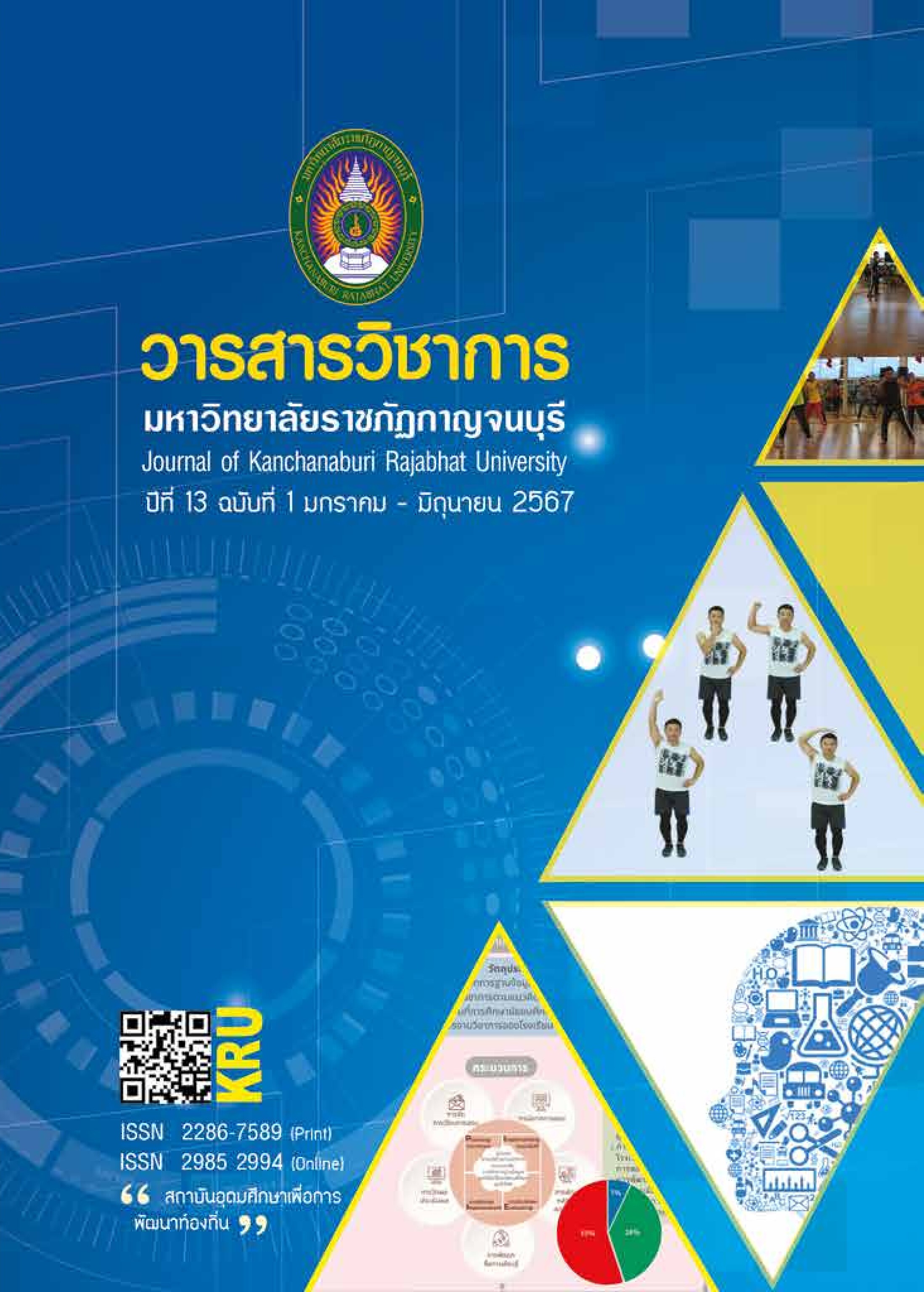ปัจจัยที่มีอิทธิพลต่อความตั้งใจใช้เทคโนโลยีเภสัชกรรมทางไกลในการซื้อยาจากร้านขายยาของลูกค้าในเขตกรุงเทพมหานครฯ
Main Article Content
Abstract
The aims of this research were to study factors including 1) perceived efficacy, 2) effort expectancy, 3) social influence, 4) perceived risks, and 5) facilitating conditions affecting the behavioral intention of technology acceptance to use telepharmacy service from drug stores in Bangkok. The data were collected from the population in Bangkok who had the intention to use telepharmacy through online social media and offline questionnaires from cooperated and consented drug stores in Bangkok. A sample group of 413 people was recruited and analyzed using the multiple regression analysis. It was found that the factors which strongly affected the behavioral intention to use telepharmacy were perceived risks, perceived efficacy, facilitating conditions, and effort expectancy respectively at a statistically significant level of 0.05.
Article Details

This work is licensed under a Creative Commons Attribution-NonCommercial-NoDerivatives 4.0 International License.
References
กัญญาณัฐ เนตรสถิตย์. (2566). การศึกษาปัจจัยของการตรวจรักษาด้วยช่องทางโทรเวชกรรม (Telemedicine) ของภาคเอกชน โดยการเลือกใช้บริการใน
Generation Y. การค้นคว้าอิสระปริญญาการจัดการมหาบัณฑิต วิทยาลัยการจัดการ มหาวิทยาลัยมหิดล.
ณัฐพร ไชยยากูลวัฒน์. (2560). การประยุกต์ทฤษฎีรวมการยอมรับและใช้เทคโนโลยีเพื่อเข้าใจการยอมรับชุมชนการลงทุนเสมือนของนักลงทุนรายย่อย.
การค้นคว้าอิสระปริญญาบริหารธุรกิจมหาบัณฑิต คณะบริหารธุรกิจ มหาวิทยาลัยกรุงเทพ.
วรัณญา สิทธิมั่นคง. (2563). การยอมรับเทคโนโลยีและความตั้งใจใช้ Telemedicine ในกรุงเทพมหานครและ
ปริมณฑล. การค้นคว้าอิสระปริญญาวิทยาศาสตร์มหาบัณฑิต คณะพาณิชยศาสตร์และการบัญชีมหาวิทยาลัยธรรมศาสตร์.
สภาเภสัชกรรม. (2563). ประกาศสภาเภสัชกรรม ที่ 56/2563 เรื่อง การกำหนดมาตรฐานและขั้นตอนการให้บริการเภสัชกรรมทางไกล (Telepharmacy).
ค้นเมื่อ เมษายน 1, 2566, จาก https://www.pharmacycouncil.org/index.php?option=content_detail&men
uid=68&itemid=1846&catid=0.
Baldoni, S., Amenta, F., and Ricci, G. (2019). Telepharmacy Services: Present Status and Future Perspectives:
A Review. Medicina, 55 (327), 1-12.
Davis, F.D. (1989). Perceived Usefulness, perceived ease of use, and user acceptance of information Technology.
MIS Quarterly, 13 (3), 319-339.
Rana, N.P., Dwivedi, Y.K., Janssen, M., Lal, B., Williams, M.D. and Clement, M. (2017) An Empirical Validation of a Unified Model of
Electronic Government Adoption (UMEGA). Government Information Quarterly, 34 (2), 211-230.
Kamal, S.A., Shafiq and M., Kakria, P. (2020). Investigating acceptance of telemedicine services through an extended technology
acceptance model (TAM). Technology in society, 60 (101212), 1-10.
Limwilairatana, K. (2021). A study of Thais’ attitudes toward telepharmacy. Master thesis. Faculty of Commerce and Accountancy,
Graduate School, Thammasat University.
Moore, G. C, Benbasat, I. (1991). Development of an instrument to measure the perceptions of adopting an information technology
innovation. Information systems research, 2 (3), 192-222.
Moulaei, K., Shanbehzadeh, M., Bahadinbeigyl, K and Kazemi-Arpanahi, H. (2022). Survey of the patients ‘perspectives and preferences
in adopting telepharmacy versus in-person visits to the pharmacy: a feasibility study during the COVID-19 pandemic. BMC
Medical Informatics and Decision Making, 22 (99), 1-10.
Napitupulu, D., Yacub, R., Putra, and A.H.P.K. (2021). Factor influencing telehealth acceptance during covid-19 outbreak extending
UTAUT model. International Journal of intelligent engineering & Systems, 14 (3), 267-281.
Thompson. R.L., Higgins, and C.A., Howell, J.M. (1991). Personal computing: toward a conceptual model of utilization. MIS Quarterly,
(1), 124-143.
Venkatesh, V., Morris, M.G., Davis, G.B., and Davis, F. D. (2003). User acceptance of information technology: toward a unified view.
MIS Quarterly, 27 (3), 425-478.


